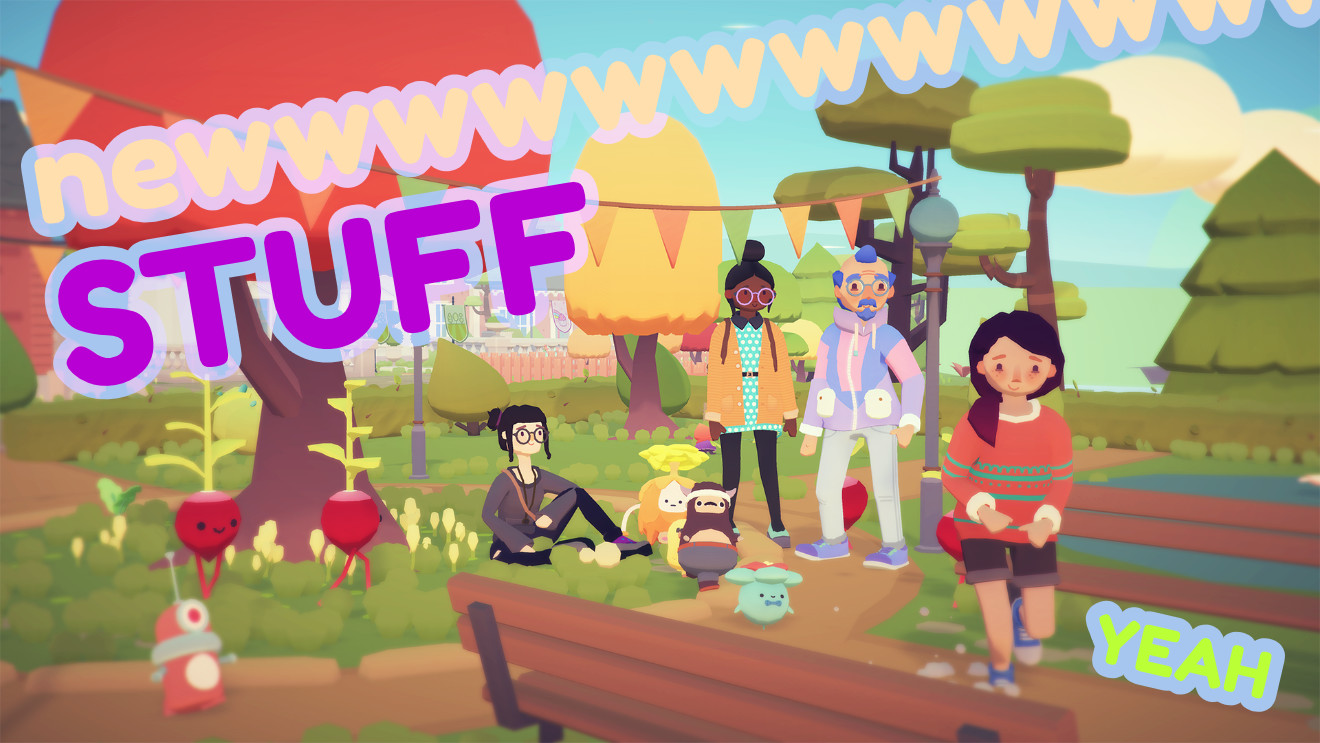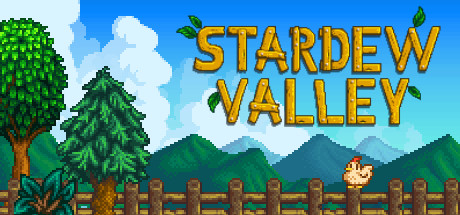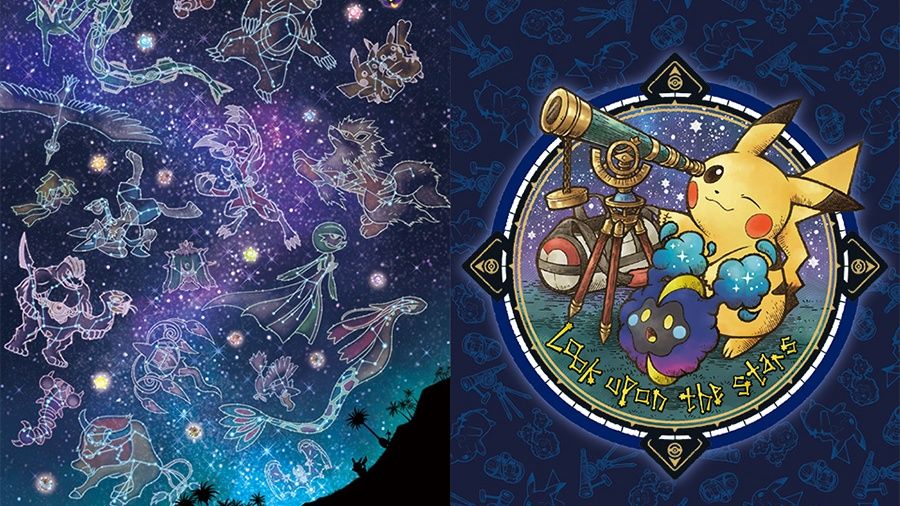Based on what I've seen floating around Youtube and the internet in general over my long, long years of heavy internet research, I've concluded that there is a basic overall arc to the life cycle of an artist...or pretty much any kind of content creator in general. Of course, this is not universal and depends greatly on the person. If one is interested in being a professional on- or offline maker of things and purveyor of ideas, this is a simple breakdown of the stages that most seem to go through in that particular life path.
Level One - The Student
For a lot of people this stage takes place while they are still at school. Certainly most animators, comic book artists, and most artistic doodlin' types begin to find their artistic interests at this time. Scribbles in middle school start to fill sketchbooks with terrible anime drawings before someone throws an anatomy book at them. Maybe in high school they will start posting things online or getting more feedback on their work, but the drive and the interest is there. Not everyone starts so early. Each person may have their own path, but it's something that seems to be common in the stories of many an artist.
Artist Spotlight: Arin Hanson, aka Egoraptor
Arin Hanson started working on his art fairly young,
though he will be the first to adamantly correct people who suggest that artists are just born with talent. He had an online presence while still in school that let him connect to other animators and essentially start his own brand of education/training to be the animator, voice actor, and video game funnyman he is today.
Artist Spotlight: Jason Gastrow, aka VideoGameDunkey
This is another example of starting an online presence very early on and experimenting with art. Jason Gastrow is know for his tightly-edited funny video game reviews and various riffing on pop culture these days, but his early animations and funny videos on Newgrounds
started with all the pre-teen humor and charm of someone doing what they loved.
Level Two - The Specific Spark
This is the stage where people are really starting to figure out something they truly love or want to explore. Often this is accompanied by more attention to their work or sometimes just a distinct connection between the content creator and something they will end up being known for. It can be a genre, a style, a brand of humor, a medium, anything that really focuses their hard work and pays off. This is also a good time for the start of a long-term series or project that requires commitment and passion.
What often happens on the internet is a sense of intense feedback for a specific project; a simple experiment can draw a whole drove of new fans who want to see more, more, more. Yes, videos and projects can "go viral," but two billion views doesn't have to be the only starting point. I find that the more sustainable path stems from a project that people enjoy, but don't necessarily go rabid about or forget about in a month's time.
Artist Spotlight: Cara McGee, aka ohcararara
Cara McGee worked in a number of different styles of art, currently culminating in comics and work with
Over the Garden Wall. One project that seemed to propel her into the spotlight was quite a diversion from that path: tea blends. Originally just a fan project, she would eventually work with a company called Adagio creating tea blends based on popular fandoms. Paired with each custom tea blend (
which anyone could go on the Adagio Teas website right now and make their own) was some of her cute art on the packaging, featuring tiny Sherlock Holmes,
Harry Potter characters, the cast of
Doctor Who, and more. The crossover of fan art and widespread recognition got her art out there even more.
Arin Hanson Returns
Before the soaring success of his Youtube series
Game Grumps, Arin Hanson was probably most known for his animation work.
His animated series Sequelitis exploded online. It gave viewers a good look at his art style, humor, and video game theory that would translate and expand further into later projects. That format really worked for him and allowed him to express views on video games through an exciting and authentic medium for viewers looking for something new.
Level Three - Super Star
This stage tends to be what a lot of people see or think of regarding an artist or content creator. I liken it to what a fifteen-year-old guitarist imagines when he's "famous" and touring in a band. At this stage an artist is working in their preferred medium. One usually sees a lot of growth, and they may be collaborating with other content creators. Financial security may stem from working for or with a company or even from banding together into a network with other like-minded people.
I like to compare this stage to the Super Star that grants invincibility to Mario. It's time to go real fast and smack into Goombas, sending them flying. The inspiration's there, and the work just seems to flow...to the outside viewer, anyway. At this point people are able to expand a bit with projects and reach out to fans or the media easily and often. A downside to this stage can be overwork; people often feel more pressured at this point to keep up or increase output in order to not fall off the radar (in case of a "viral" jumpstart to their career) or they are just trying to please too many people at once.
Level Four - Those Golden Years
This stage somehow sounds like a downturn of the arc, a settling of sorts, but it's probably the point in most art careers when people are happiest. The pressures of trying to juggle too many projects or carve new paths every year subside and mostly artists are able to relax with a clear idea of what they like and don't like. No longer caught up in survival mode, they're able to get out of their comfort zone. This stage may see changes in genre, format, or a completely different change from art to music to film making altogether. It's an opportunity to try new things and show other aspects of themselves.
An example of this would be the Game Grumps moving from just gameplay with commentary to podcasts like
The G Club, now expanded into a D&D podcast called
Dragons in Places. Other content creators may move platforms, such as from Youtube to Twitch, or switch from digital to traditional art.
Artist Spotlight: Alton Brown
Best known for his groundbreaking cooking show
Good Eats, Alton Brown has since evolved into an ever-reaching presence in food science and food fun. Since the wrap-up of
Good Eats he has toured with his rock and roll food science live show, turned sinister as the host of Cutthroat Kitchen, and led his Instagram followers around America in search of good food and fun times. Cookbook collaborations? Mini Youtube series?
Personally torturing Bobby Flay? Alton Brown and cats do as they please.
Level Five - Becoming the Mentor
It's at this stage that artists or content creator seek to give back to the community that supported them from the beginning. They may pursue smaller projects and less of a grand vision or major series like one would see in Levels 2-3. Many projects at this stage also center around spreading a wealth of knowledge and experiences to others to help inspire more people to go out and do what makes them happy.
Artist Spotlight: Adam Savage
Well known for being half of the kooky pair hosting Mythbusters, Adam Savage continues to work to share his love of science with the masses. His expertise in cosplay and special effects makes him uniquely suited to work with Maker spaces and collaborate with other nerdy-minded individuals to build and create. At this point in his career, he has all this knowledge and freedom that he wants to share with people. His content online is now more educational and about uplifting the maker communities that can share resources and experiences to the next generation of mad scientists. He often tours to speak to crowds of people who hope to be as inventive as he has managed to be. Adam Savage has mastered the shift from producing to inspiring...
though that still won't stop him from learning how to forge his own replica swords and armor to go incognito at Comic Con every year. That's just plain fun.
In the End...
These stages of course are not absolute. Creators may flit back and forth among the stages, get stuck going from one to the other, or even fail to progress as an artist all together. Millions never make it past Level One, shafted by disapproving parents or the heinous mix of adolescent insecurity and caring too much about the opinion of others.
Think of them more as guidelines than rules, and just keep creating.






